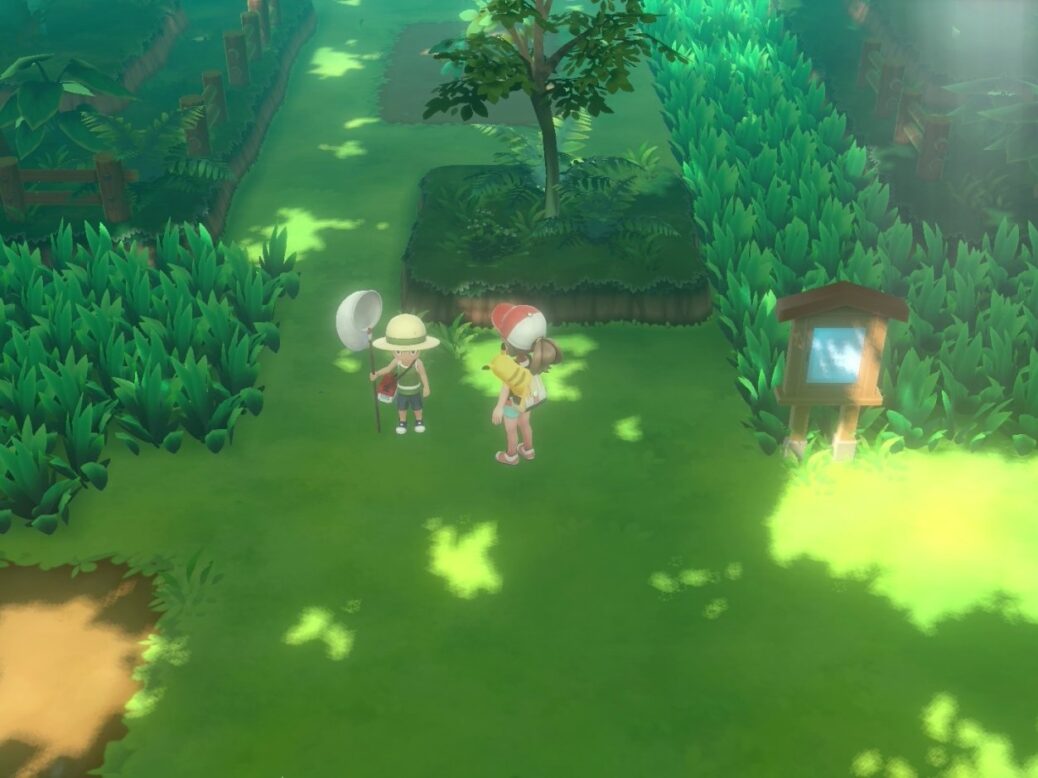
With umpteen sequels, prequels, spin-offs, special editions, reboots and remakes released every year, it’s easy to see why some people feel jaded by the video game industry’s trend of prioritising the growth of existing franchises over creating new ones. Bungie’s Halo 3, it’s worth remembering, was marketed as the “stunning conclusion” to the series in 2007, only to be followed by ten more Halo titles over the next decade.
Fans’ loyalty to a series is too often exploited. With only light improvements to graphics and gameplay with each new instalment – read Call of Duty or Assassin’s Creed– it’s not hard to understand why developers are accused of riding a gravy train.
Frequently, remakes fail to measure up to their predecessors, because if you’ve already played through the original game’s story, touched-up pixels won’t make up for the fact that you already know what happens.
But there is an exception to the rule: Pokémon. The franchise, launched as two concurrent games on the Nintendo Game Boy, has a knack for producing spectacular remakes that consistently outstrip their base material. Pokémon’s FireRed and LeafGreen versions (2004) are marked improvements on Red and Blue (1996), HeartGold and SoulSilver (2009) are much better than the Gold and Silver versions (1999), Omega Ruby and Alpha Sapphire (2014) are much better than Ruby and Sapphire (2002), Ultra Sun and Ultra Moon (2017) are upgrades on Sun and Moon (2016), and the recent Let’s Go Pikachu and Let’s Go Eevee (2018) have improved the original Yellow (1998).
The main Pokémon games (excluding spin-offs such as Pokémon Pinball or Pokémon Snap) carry the same core premise: a child leaves home to train a team of super-powered animals – the titular Pokémon – to fight and capture other super-powered animals while adventuring across land, sea and air. All Pokémon fall into different categories, or “types”, with some more or less effective against each other.
Game Freak, Pokémon’s developer, should be praised for its willingness to self-assess. Each Pokémon remake is aided, of course, by the fact it has usually come out on a more recent platform than the original version. But FireRed and LeafGreen, for instance, went beyond the transition of Game Boy to Game Boy Advance. Crisper, coloured artwork was just the start.
Game Freak has consistently listened to fans about what they wished was possible in their first play through. It has used the new features of later Pokémon games to modernise the experience, while still successfully delivering a nostalgia high. The running shoes, introduced in Ruby and Sapphire, were parachuted into FireRed and LeafGreen to speed up journeys on foot, while the additional Sevii Island quests offered remake players the chance to catch new Pokémon not previously included in Red and Blue. HeartGold and SoulSilver rewrote parts of the original Gold and Silver story, created a more interactive map, and added new battle moves, items and attainable Pokémon.
The main Pokémon games fall into the role-playing genre, which lends to their repeat value. Consider, for example, that using the original 151 Pokémon introduced in Red and Blue alone, it is possible to assemble millions of different teams of six – the maximum number of Pokémon the games allow a player to carry at one time. Each play through of a Pokémon game, then, gives people the opportunity to try a different battling style or tactic.
The latest Pokémon games, Let’s Go Pikachu and Let’s Go Eevee, were released last month for the Nintendo Switch and are a modern take on Pokémon Yellow for the Game Boy. A new 3D map – the Let’s Go titles are the first main Pokémon games on a home rather than handheld console – is masterfully put together, alongside a revamped battling and catching system, similar to the one used in the hugely successful mobile app game Pokémon Go. Game Freak has again played to its strengths, noting what it did well in newer games, and added it to where older versions were lacking. This has resulted in a fresh experience that is accessible to a full range of gamers, from kids through to experts.
Where most other franchises’ remake offerings could justifiably be viewed as a lazy cash-grab for a developer out of ideas, Game Freak’s culture of continuous improvement, its preparedness to reflect and refine, removes the risk of any such charge. Let’s Go Pikachu and Let’s Go Eevee, released 20 years after the original Yellow, are, as ever, Pokémon games giving a lesson in how remakes should be done.





